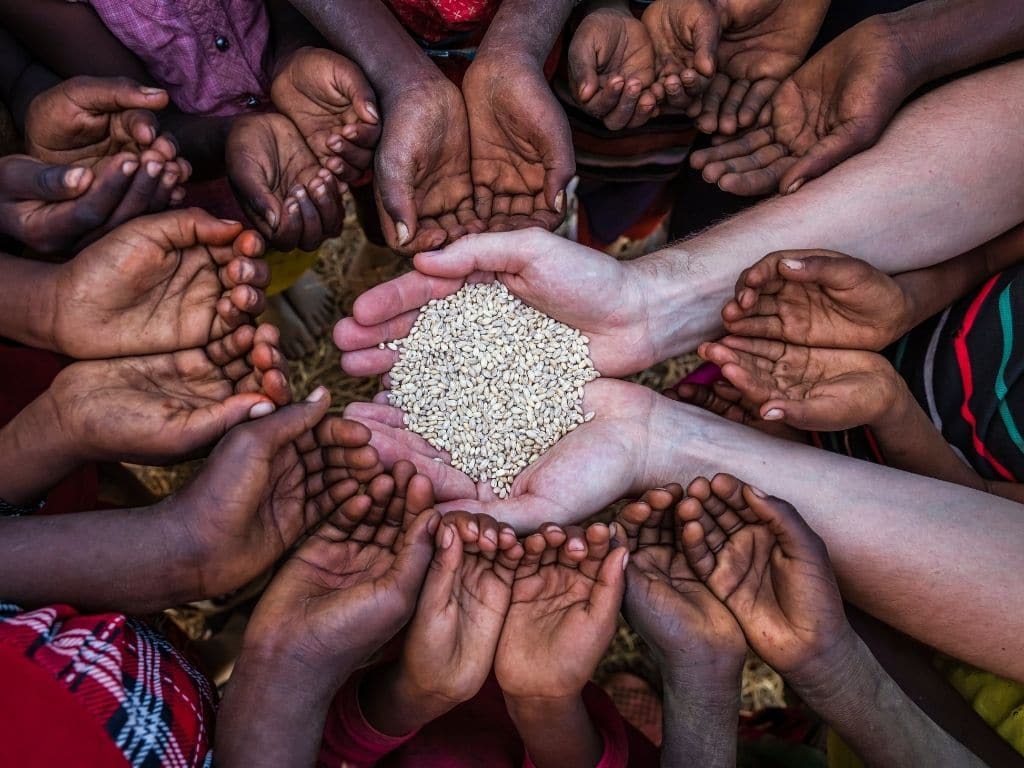Context:
This recent report in the journal Scientific Reports, analyzed the global effects of heat and water stress on food production and severe food insecurity.
Key findings:
- The report highlighted projected declines in food production percentages by 2050 compared to 2020 under various climate change scenarios.
- According to the report, by 2050, heat and water stress could lead to a potential global decline of up to 14% in food production, worsening global food insecurity.
- This decline could lead to a staggering increase in the number of people facing severe food insecurity, potentially reaching 1.36 billion compared to 2020.
- Already, nearly 282 million people faced high levels of acute food insecurity in 59 countries in 2023.
- Climate change, particularly extreme weather events, was the second-most significant factor driving this crisis.
- In fact, for four consecutive years, the proportion of people facing acute food insecurity has remained persistently high at almost 22 percent of those assessed, significantly exceeding pre-COVID-19 levels.
- May 2024 was the warmest May on record for land and ocean surfaces combined, continuing a trend of record-breaking monthly temperatures over the past 11 months.
- June 2024 is set to follow this pattern, potentially breaking its temperature records for the second consecutive year.
- Regions like China and ASEAN countries, traditionally net food exporters, might become importers by 2050, as their agricultural output suffers.
- This shift in global food production could have significant implications for global trade dynamics and food prices.
Impact on India
- India is particularly vulnerable. The study projects a 16.1% decline by 2050 in food production under the worst-case climate change scenario.
- This decline, coupled with existing challenges like water scarcity and population growth, paints a grim picture for India’s food security.
Global Impact
This global food production shift could lead to regional food price hikes and disrupt trade flows, creating a domino effect on global food security. The study further highlights the uneven impact of food production reduction across the following regions: –
- China: Projected to see a 22.4% decrease in food production.
- United States: Expected to experience a 12.6% reduction.
- Africa: Food production could decline by 8.2-11.8%.
- Australia: A 14.7% decrease is projected.
- Central America: Some parts may face a 19.4% decline.
What steps must be taken?
- Mitigation strategies: Policies and technologies to reduce greenhouse gas emissions and mitigate climate change are crucial and must be implemented in a timely manner.
- Adaptation strategies: Strengthening agricultural practices to be more resilient to heat and water stress, promoting water conservation, and developing drought-resistant crops are essential.
- Strengthening food systems: Investing in infrastructure, reducing food waste, and promoting sustainable agricultural practices can increase food security.

